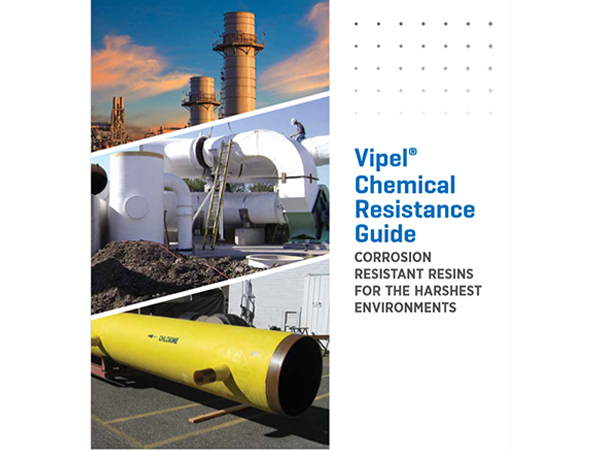
-
 Afrikaans
Afrikaans -
 Albanian
Albanian -
 Amharic
Amharic -
 Arabic
Arabic -
 Armenian
Armenian -
 Azerbaijani
Azerbaijani -
 Basque
Basque -
 Belarusian
Belarusian -
 Bengali
Bengali -
 Bosnian
Bosnian -
 Bulgarian
Bulgarian -
 Catalan
Catalan -
 Cebuano
Cebuano -
 China
China -
 China (Taiwan)
China (Taiwan) -
 Corsican
Corsican -
 Croatian
Croatian -
 Czech
Czech -
 Danish
Danish -
 Dutch
Dutch -
 English
English -
 Esperanto
Esperanto -
 Estonian
Estonian -
 Finnish
Finnish -
 French
French -
 Frisian
Frisian -
 Galician
Galician -
 Georgian
Georgian -
 German
German -
 Greek
Greek -
 Gujarati
Gujarati -
 Haitian Creole
Haitian Creole -
 hausa
hausa -
 hawaiian
hawaiian -
 Hebrew
Hebrew -
 Hindi
Hindi -
 Miao
Miao -
 Hungarian
Hungarian -
 Icelandic
Icelandic -
 igbo
igbo -
 Indonesian
Indonesian -
 irish
irish -
 Italian
Italian -
 Japanese
Japanese -
 Javanese
Javanese -
 Kannada
Kannada -
 kazakh
kazakh -
 Khmer
Khmer -
 Rwandese
Rwandese -
 Korean
Korean -
 Kurdish
Kurdish -
 Kyrgyz
Kyrgyz -
 Lao
Lao -
 Latin
Latin -
 Latvian
Latvian -
 Lithuanian
Lithuanian -
 Luxembourgish
Luxembourgish -
 Macedonian
Macedonian -
 Malgashi
Malgashi -
 Malay
Malay -
 Malayalam
Malayalam -
 Maltese
Maltese -
 Maori
Maori -
 Marathi
Marathi -
 Mongolian
Mongolian -
 Myanmar
Myanmar -
 Nepali
Nepali -
 Norwegian
Norwegian -
 Norwegian
Norwegian -
 Occitan
Occitan -
 Pashto
Pashto -
 Persian
Persian -
 Polish
Polish -
 Portuguese
Portuguese -
 Punjabi
Punjabi -
 Romanian
Romanian -
 Russian
Russian -
 Samoan
Samoan -
 Scottish Gaelic
Scottish Gaelic -
 Serbian
Serbian -
 Sesotho
Sesotho -
 Shona
Shona -
 Sindhi
Sindhi -
 Sinhala
Sinhala -
 Slovak
Slovak -
 Slovenian
Slovenian -
 Somali
Somali -
 Spanish
Spanish -
 Sundanese
Sundanese -
 Swahili
Swahili -
 Swedish
Swedish -
 Tagalog
Tagalog -
 Tajik
Tajik -
 Tamil
Tamil -
 Tatar
Tatar -
 Telugu
Telugu -
 Thai
Thai -
 Turkish
Turkish -
 Turkmen
Turkmen -
 Ukrainian
Ukrainian -
 Urdu
Urdu -
 Uighur
Uighur -
 Uzbek
Uzbek -
 Vietnamese
Vietnamese -
 Welsh
Welsh -
 Bantu
Bantu -
 Yiddish
Yiddish -
 Yoruba
Yoruba -
 Zulu
Zulu
Exploring the Design and Uses of Tapered Drill Strings in Modern Applications
A Closer Look at Tapered Drill Strings Design and Applications
Tapered drill strings are specialized tools utilized primarily in the oil and gas industry for drilling operations. Their unique design and functionality afford significant advantages over traditional drill strings, making them a popular choice for various drilling applications.
The fundamental characteristic of a tapered drill string is its non-uniform diameter, which gradually decreases from the top (drill rig end) to the bottom (drill bit end). This design allows for a reduction in the overall weight of the string while maintaining the necessary strength and integrity required for high-pressure drilling conditions. The tapering effect minimizes stress on the drill string components, effectively enhancing the tool's durability and lifespan.
One primary application of tapered drill strings is in extended-reach drilling. In scenarios where a well needs to reach deeper reservoirs or cover longer horizontal distances, tapered strings facilitate easier navigation through the geological formations. Their lighter weight means less energy is required to rotate and lift the string, thereby reducing operational costs. Furthermore, the efficient weight distribution helps in maintaining better control during drilling, which is critical when encountering complex subsurface conditions.
tapered drill string a closer look at its design and applications

Another significant advantage of tapered drill strings is their compatibility with various drilling techniques, including rotary drilling and directional drilling. In rotary drilling, for instance, the tapered design allows for improved circulation of drilling fluids, which is essential for removing cuttings and cooling the drill bit. In directional drilling, the flexibility provided by the tapered string enables more precise steering and trajectory adjustments, crucial for reaching multiple targets from a single drilling site.
Despite these advantages, it is essential to consider the design intricacies involved in tapered drill strings. Engineers must carefully calculate the taper angles, lengths, and material properties to optimize performance based on specific drilling conditions and objectives. The choice of materials, typically high-strength steel alloys, is also vital to withstand the tough environments encountered during drilling operations.
In conclusion, tapered drill strings represent a significant advancement in drilling technology, offering enhancements in efficiency, cost-effectiveness, and performance in challenging conditions. Their unique design tailored for modern drilling requirements underscores their relevance and importance in the continuous evolution of the oil and gas industry.
Latest news
-
Exploring the Benefits of Top Hammer Drifter Rods for Enhanced Drilling PerformanceNewsJun.10,2025
-
High-Precision Fiberglass Winding Machine for GRP/FRP Pipe Production – Reliable & Efficient SolutionsNewsJun.10,2025
-
FRP Pipes & Fittings for Shipbuilding - Corrosion-Resistant & LightweightNewsJun.09,2025
-
Premium FRP Flooring Solutions Durable & Slip-ResistantNewsJun.09,2025
-
Premium Fiberglass Rectangular Tanks Durable & Lightweight SolutionNewsJun.09,2025
-
Tapered Drill String Design Guide Durable Performance & UsesNewsJun.09,2025









